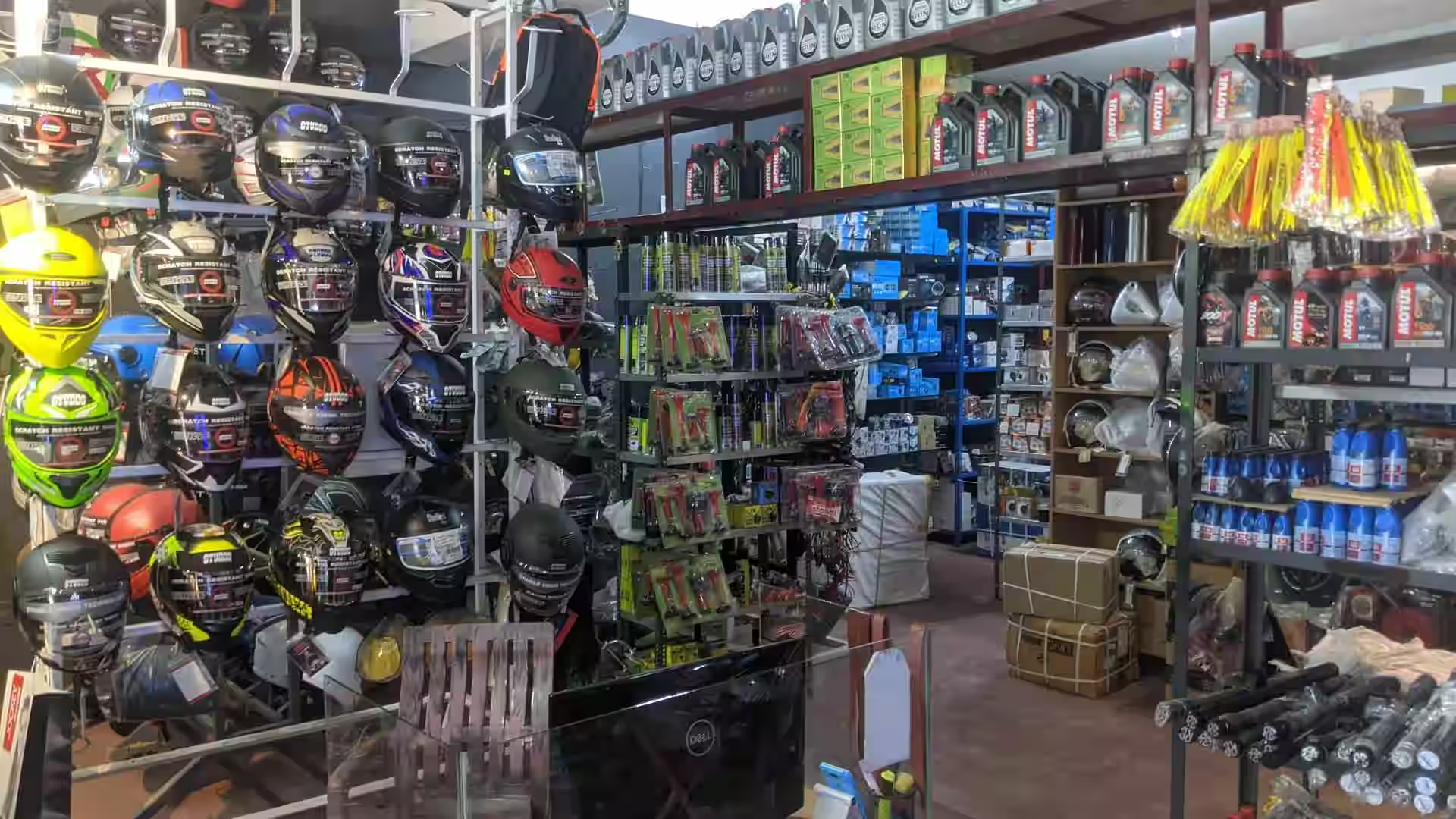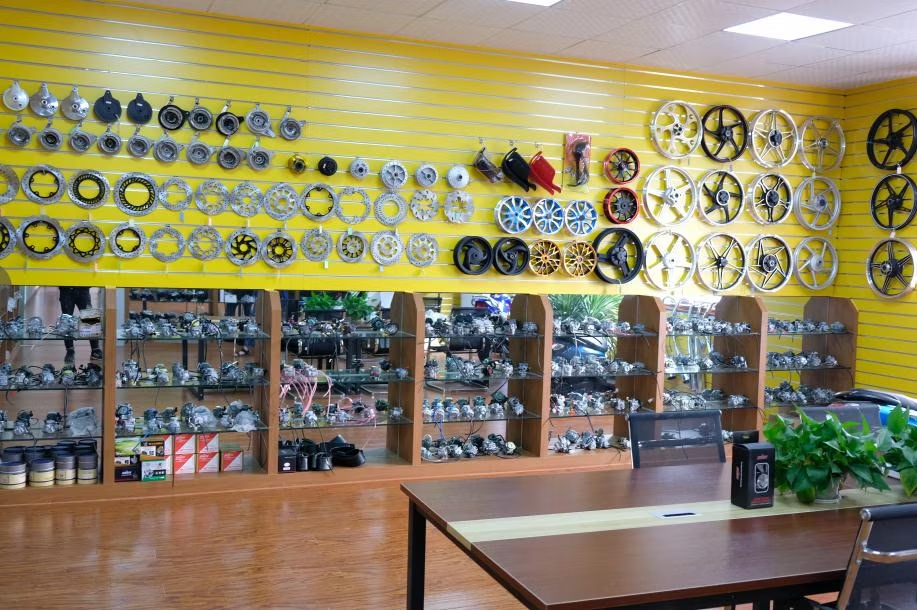See Our Motorcycle Shop for Specialist Recommendations and High Quality Products
Understanding Motorbike Gears: Exactly How to Enhance Your Riding Experience
In the world of motorcycling, understanding the art of gear adjustment is vital for enhancing your riding efficiency. Properly using and recognizing motorbike equipments can considerably influence velocity, gas, and control efficiency, transforming an ordinary adventure into a seamless, thrilling trip.
Understanding Equipment Mechanics
How do the details of equipment technicians affect motorcycle performance? At the core of motorcycle dynamics, equipment mechanics play a critical function in transforming engine power into movement, eventually dictating speed and control. Gears, carefully crafted elements, allow cyclists to optimize torque and rate, ensuring a smooth change via various terrains and speeds. The gear proportions, very carefully created, figure out the connection between engine transformations and wheel turns, impacting acceleration and gas effectiveness.
Understanding equipment technicians begins with identifying the value of the gearbox, which houses numerous gears of differing dimensions. These gears engage through a process recognized as meshing, where teeth of various gears engage to send power.
Moreover, the idea of equipment shifting is important to optimizing performance. Prompt and smooth shifts make sure that the engine runs within its optimum power band, avoiding unneeded pressure and enhancing durability (motocross gear). By understanding these mechanical intricacies, bikers can accomplish an unified mix of power, control, and efficiency, raising their riding experience
Timing Your Changes
Change timing proficiency is crucial for optimizing motorcycle performance and enhancing the riding experience. Effectively timed changes make certain that the engine operates within its optimal power band, which is important for preserving control, accomplishing smooth velocity, and making sure the longevity of the motorcycle. Bikers need to establish an user-friendly sense of when to shift gears, which involves understanding the connection in between engine transformations per minute (RPM) and speed.
To master change timing, pay very close attention to the engine's audio and really feel, as these offer important hints regarding when to change equipments. When the engine comes close to the upper array of its power band without getting to the redline, the suitable shift point commonly takes place - motocross parts nz. Changing prematurely can cause a lack of power, while moving far too late may trigger unneeded engine pressure
Additionally, road problems and riding style impact shift timing. In city settings, smoother and much more regular changes may be essential to navigate website traffic efficiently. On the other hand, throughout freeway riding, fewer changes at higher rates can be better. Practicing in different settings will boost your ability to time changes precisely, eventually boosting your riding experience to an expert degree.
Enhancing Gas Efficiency
While grasping bike gears is critical for performance, improving fuel effectiveness is just as important for both ecological and financial reasons. Optimal fuel intake not just reduces operational expenses however additionally minimizes the ecological footprint of riding. To accomplish this, one have to recognize the intricate relationship between gear choice and engine efficiency.
To start with, picking the right gear at proper rates can significantly impact fuel consumption. Riding in a higher gear at lower speeds can lead to engine lugging, which is destructive to both gas economy and engine health. Conversely, riding in retro open face helmet lower gears at broadband results in unneeded gas consumption. Hence, keeping an optimum equilibrium by moving gears abreast with road conditions and prepared for maneuvers is essential.
Additionally, regular upkeep plays an essential function in fuel performance. Making certain that the bike is well-tuned, with clean air filters and correctly blew up tires, can reduce and boost the rules of aerodynamics fuel wastefulness. Taking on a riding style that embraces progressive acceleration and smooth slowdown can contribute to far better gas economic climate.

Strategies for Smooth Transitions
Accomplishing smooth equipment changes is basic to improving the riding experience and making sure the longevity of a motorbike's transmission system. Appropriate gear changing not only adds to a smooth experience but additionally minimizes damage on the mechanical parts. To grasp the art of smooth transitions, cyclists should concentrate on a few vital techniques.

Secondly, clutch control plays a crucial duty. Involving and disengaging the clutch efficiently needs method. The clutch lever need to be released progressively, permitting a seamless transfer of power from the engine to the wheels without creating a jolt or abrupt movement.

Adapting to Roadway Conditions
Navigating varied road problems is a critical ability for any motorcyclist aiming to preserve control and security. Whether you're riding on damp surfaces, gravel roads, or navigating sharp turns, your capacity to adapt your gear use and riding strategy is vital. Understanding exactly how to adjust your gears appropriately can substantially impact grip and security, making sure a much safer journey.
On damp roads, it is a good idea to maintain greater gears to decrease torque and lessen wheel spin. This technique assists maintain grasp on unsafe surfaces, allowing for smoother velocity and slowdown. On the other hand, when riding on gravel or irregular surface, lower equipments are more suitable. Reduced equipments provide far better control and enable you to respond even more quickly to unanticipated modifications in the road surface area.
Sharp contours demand exact gear administration to stabilize speed and control. Downshifting prior to going into a contour can assist keep momentum while making sure the bike stays secure throughout the turn. Consistent method in advice diverse conditions improves your capacity to respond and anticipate to adjustments in road structure and slope.
Conclusion
Grasping motorbike equipments significantly enhances the riding experience by enhancing control, velocity, and gas efficiency. A complete understanding of equipment technicians and precise shift timing ensures the engine operates within its ideal power band, while smooth shifts with efficient clutch and throttle control boost convenience and efficiency. Adjusting equipment option to numerous roadway problems, such as making use of higher equipments on wet surfaces and lower equipments on gravel, further enhances handling and safety. Ultimately, these skills elevate the overall trip.
Recognizing equipment auto mechanics begins with recognizing the significance of the transmission, which houses several gears of differing dimensions. These gears engage with a process recognized as meshing, where teeth of different gears involve to transfer power (motorbike shop). Gentle changes to the throttle throughout gear changes can avoid jerky activities and preserve a regular riding speed
Whether you're riding on wet surface areas, gravel roadways, or navigating sharp turns, your capacity important site to adapt your equipment usage and riding strategy is extremely important. Adapting equipment choice to different road problems, such as using greater gears on wet surfaces and reduced gears on crushed rock, further boosts handling and safety.